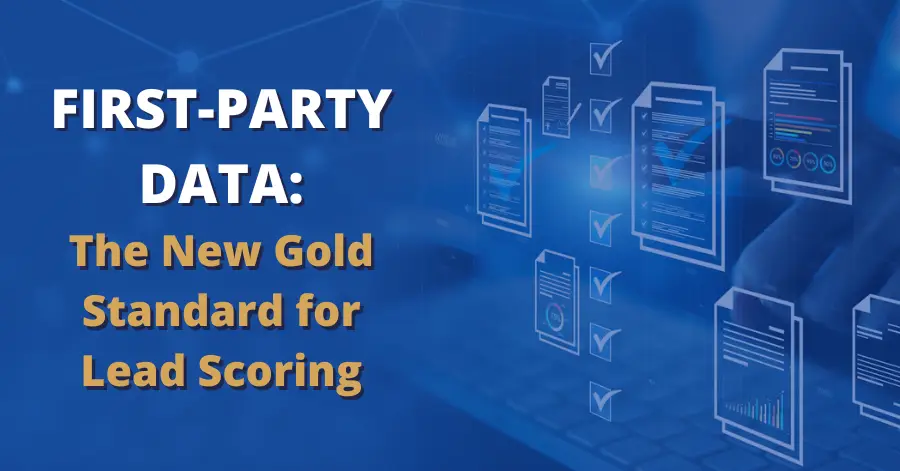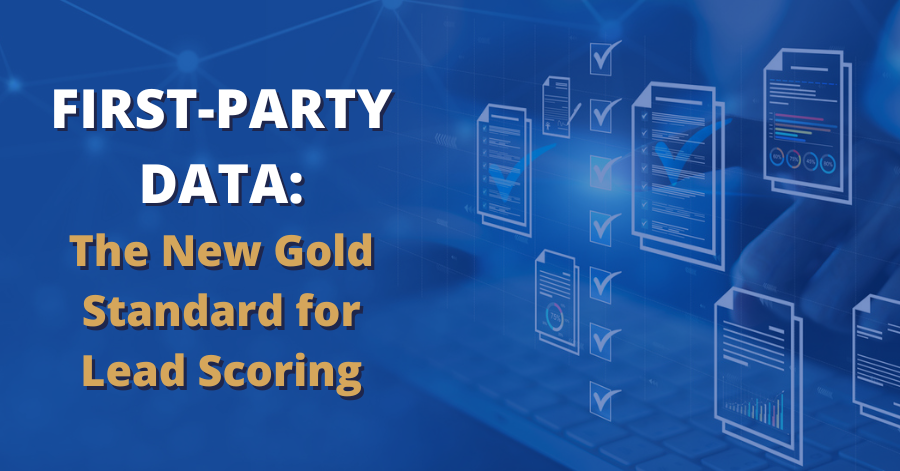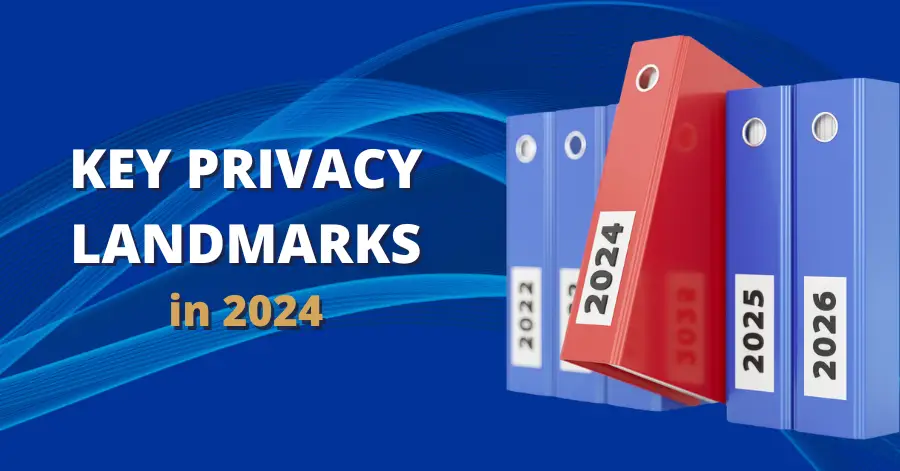First-Party Data: The New Gold Standard for Lead Scoring in 2025


In an era where privacy concerns are reshaping digital marketing, first-party intent data has emerged as the cornerstone of effective lead scoring. As third-party cookies fade into obsolescence and privacy regulations tighten globally, marketers are discovering that their most valuable asset has been right under their noses: first-party data collected directly from prospect interactions.
Why First-Party Data is Now Critical
With the GDPR in Europe, the CCPA in California, and similar regulations emerging worldwide, the way we track and score leads has had to evolve. Add to this Google Chrome’s gradual deprecation of third-party cookies, and it’s clear that traditional lead-scoring methods are becoming obsolete.
First-party data isn’t just a compromise—it’s an upgrade. Organizations leveraging first-party data gain several distinct advantages:
- Unparalleled accuracy in understanding prospect behavior
- Direct insight into specific audience interests
- Complete control over data collection methods
- Simplified compliance management
- Higher quality insights leading to better conversion rates
Key First-Party Intent Signals to Score
Website Behavior
The way prospects interact with your website tells a compelling story about their buying intent. Smart organizations track key behavioral indicators and weigh them based on historical conversion data. For instance, if prospects who visit pricing pages convert three times more frequently, your scoring model should reflect this significance.
Essential website behaviors to monitor include:
- Time spent on specific pages (especially product and pricing)
- Navigation patterns and page depth
- Return visit frequency and recency
- Interaction with key conversion elements
Content Engagement
Content consumption patterns offer deep insights into both prospect interests and their position in the buying journey. The sophistication level of consumed content often correlates with the buying stage—prospects reading implementation guides typically signal different intent than those focusing on introductory materials.
Track these key content engagement metrics:
- Resource downloads (whitepapers, case studies, datasheets)
- Video engagement (completion rates, rewatch behavior)
- Blog post reading patterns
- Newsletter interaction rates
Direct Interactions
Direct touchpoints often indicate serious buying intent and deserve special attention in your scoring model. These high-value interactions provide clear signals about prospect interest levels and should be weighted accordingly in your scoring system.
Priority interactions to score include:
- Form submissions and information requests
- Live chat conversations
- Webinar and event registrations
- Email response patterns
- Demo requests

Building Your First-Party Scoring Model
Data Collection Framework
Creating an effective scoring model begins with a robust data collection framework. Your foundation should include:
- Comprehensive website tracking implementation
- Clear user identification methods
- Unified data storage strategy
- Proper data categorization and tagging
Remember: Quality over quantity. Focus on collecting data that directly correlates with buying intent rather than tracking every possible interaction.
Scoring Methodology
Develop a scoring system that reflects your unique sales cycle. Your methodology should incorporate:
- Point values based on action significance
- Temporal factors (recency weighting)
- Score decay for aging activities
- Balance between individual and account-level scoring
Implementation Best Practices
Your technical implementation requires careful attention to integration and maintenance. Begin with a strong foundation by connecting your CDP with existing marketing tools and establishing bi-directional CRM synchronization. Regular data validation checks ensure the continued accuracy of your scoring system.
Essential implementation steps include:
- Configure analytics to track custom events
- Establish clear data validation protocols
- Set up regular system health checks
- Create documentation standards
Measuring Success
Success measurement requires a comprehensive view of both leading and lagging indicators. Track these key metrics to gauge effectiveness:
- Lead quality scores vs. conversion rates
- Sales team acceptance rates
- Changes in conversion velocity
- Revenue attribution accuracy
- MQL to SQL conversion rates
Many organizations find that first-party data scoring leads to shorter sales cycles and more efficient use of sales resources. Calculate your return on marketing investment to quantify the business impact of your new scoring approach. Both quality and quantity matter here.
Future-Proofing Your Strategy
Looking ahead, organizations must build scalable infrastructures that can adapt to changing privacy regulations and technological advances. Focus your future-proofing efforts on:
- AI and machine learning capabilities
- Scalable data collection infrastructure
- Privacy compliance standards
- Cross-departmental collaboration processes
Conclusion
First-party intent data scoring represents more than just a response to privacy changes—it’s a fundamental improvement in how we understand and evaluate leads. Take these next steps to begin your journey:
- Audit your current data collection methods
- Identify gaps in your first-party data strategy
- Develop a pilot program for new scoring methods
- Set up measurement frameworks
- Train teams on new processes
Remember: The shift to first-party data scoring is a journey, not a destination. Start with manageable changes, measure results carefully, and scale the approaches that prove most effective for your organization.
Start improving your approach to first-party data today! Get in touch with our team for expert assistance.





